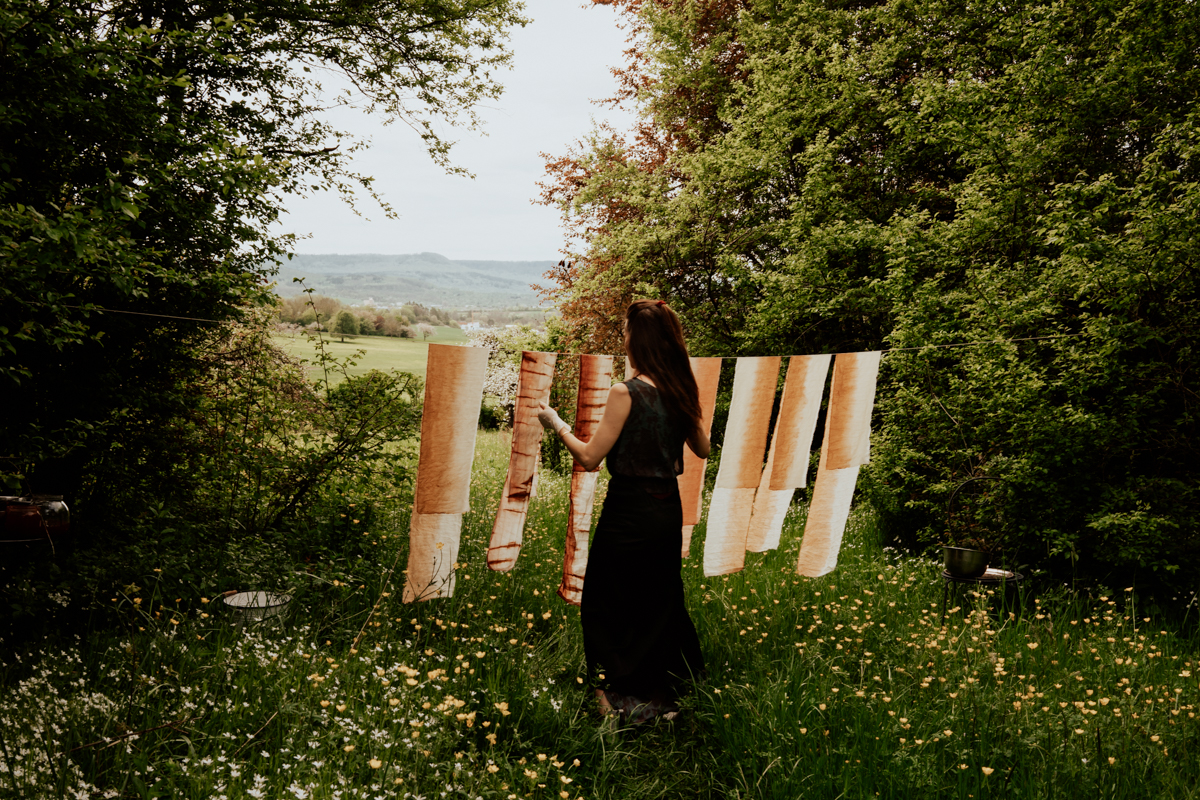Fashion and Memories
One thing I`ve seen confirmed this week: Detail shots of clothes or shoes are not pointless at all. Someday these photographs might help to let stuff go easily.
When organizing my wardrobe, I sometimes find it hard to part from stuff that is reminding me of a good time. More than once I`ve thought: ‘I wish I had taken a picture of when I was wearing this.’
In fact, I`m only having trouble with items that are connected to a nice memory and that I can`t recall being on a picture I like. If I had photographed them while I was still in the moments that have made up their meaning… then I would have an easier time giving these items away.
A picture of my once everyday shoes while I walk them to a coffee shop on a typical Friday morning before work – that takes practically no space at all. Even if I never take the time to look at the picture again, it will still be stored in my visual memory and the shoes themselves can move on (once the soles start coming off;-)
Mode und Erinnerungen
Eine Sache, die ich diese Woche bestätigt sah: Detailaufnahmen von Kleidungsstücken oder Schuhen sind überhaupt nicht sinnlos. Diese Fotos könnten eines Tages dabei helfen, Sachen leichter wegzugeben.
Wenn ich Kleider aussortiere, fällt es mir manchmal schwer, mich von Sachen zu trennen, die mich an eine gute Zeit erinnern. Ich habe schon öfter gedacht: ‚Ich wünschte, ich hätte ein Foto davon gemacht, als ich das getragen habe.‘
Eigentlich habe ich nur Trennungs-Schwierigkeiten bei Kleidungsstücken, die mit einer schönen Erinnerung verbunden sind und bei denen ich von keinem gutem Foto weiß. Wenn ich sie in “ihrem” Moment fotografiert hätte, würde es mir leichter fallen, die Sachen wegzugeben.
Ein Foto von den Schuhen, die ich fast jeden Tag anhatte, als ich an einem typischen Freitagmorgen vor der Arbeit zu einem Café spaziere – das braucht praktisch keinen Platz. Selbst wenn ich das Bild nie wieder anschaue, wird es doch in meinem Bildgedächtnis bleiben und die Schuhe selbst können gehen (wenn die Sohle anfangen sollte, sich zu lösen…;-)








































